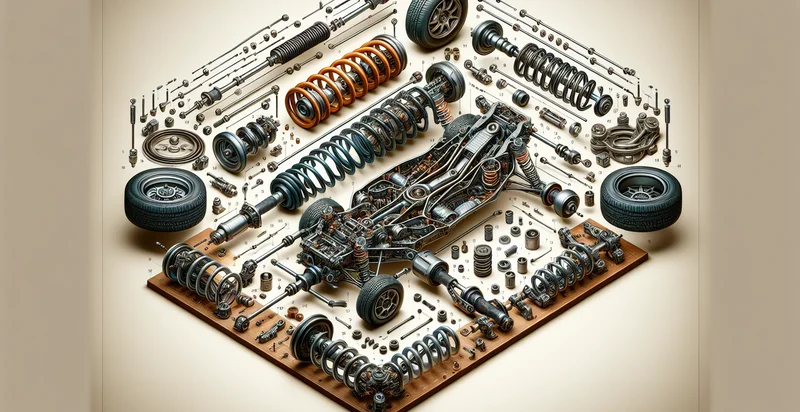Identify suspension heights
using AI
Below is a free classifier to identify suspension heights. Just upload your image, and our AI will predict the suspension height of various vehicles - in just seconds.

Contact us for API access
Or, use Nyckel to build highly-accurate custom classifiers in just minutes. No PhD required.
Get started
import nyckel
credentials = nyckel.Credentials("YOUR_CLIENT_ID", "YOUR_CLIENT_SECRET")
nyckel.invoke("suspension-heights", "your_image_url", credentials)
fetch('https://www.nyckel.com/v1/functions/suspension-heights/invoke', {
method: 'POST',
headers: {
'Authorization': 'Bearer ' + 'YOUR_BEARER_TOKEN',
'Content-Type': 'application/json',
},
body: JSON.stringify(
{"data": "your_image_url"}
)
})
.then(response => response.json())
.then(data => console.log(data));
curl -X POST \
-H "Content-Type: application/json" \
-H "Authorization: Bearer YOUR_BEARER_TOKEN" \
-d '{"data": "your_image_url"}' \
https://www.nyckel.com/v1/functions/suspension-heights/invoke
How this classifier works
To start, upload your image. Our AI tool will then predict the suspension height of various vehicles.
This pretrained image model uses a Nyckel-created dataset and has 21 labels, including Adjustable, Air Suspension, Coilover, Compact, Crossover, Custom, Factory, Hatchback, High Clearance and Lifted.
We'll also show a confidence score (the higher the number, the more confident the AI model is around the suspension height of various vehicles).
Whether you're just curious or building suspension heights detection into your application, we hope our classifier proves helpful.
Related Classifiers
Need to identify suspension heights at scale?
Get API or Zapier access to this classifier for free. It's perfect for:
- Quality Control in Manufacturing: This function can be employed in the automotive industry to automatically classify suspension heights of vehicles during assembly. By ensuring that each vehicle meets predefined suspension height specifications, manufacturers can reduce defects and enhance product quality.
- E-commerce Product Verification: E-commerce platforms can use this function to verify that product images of vehicles, or parts, meet the expected specifications for suspension heights. This helps in providing customers with accurate product descriptions and enhances customer trust in the platform.
- Insurance Assessment: Insurance companies can leverage the false image classification function to assess the suspension heights of vehicles involved in accidents. Accurate classification can help in determining if modifications were made that violate policy terms, leading to fairer claims processing.
- Vehicle Inspection: During periodic inspections, automotive service centers can use this function to quickly analyze the suspension height of vehicles against regulatory standards. This can help in maintaining road safety and ensuring compliance with local regulations.
- Automotive Research and Development: Research teams can use this function to classify suspension heights of prototype vehicles in development. This data can be pivotal for analyzing performance metrics, like handling and stability, as they relate to suspension height variations.
- Fleet Management: Fleet operators can use the suspension height classification function to monitor their vehicles' performance characteristics over time. By ensuring suspension heights remain within optimal levels, they can improve fuel efficiency and extend the life of vehicle components.
- Part Compatibility Assessment: Aftermarket part manufacturers can employ this function to ensure that their suspension components are compatible with various vehicle models. Accurate classification of suspension heights can help in designing parts that meet diverse market needs and customer satisfaction.


